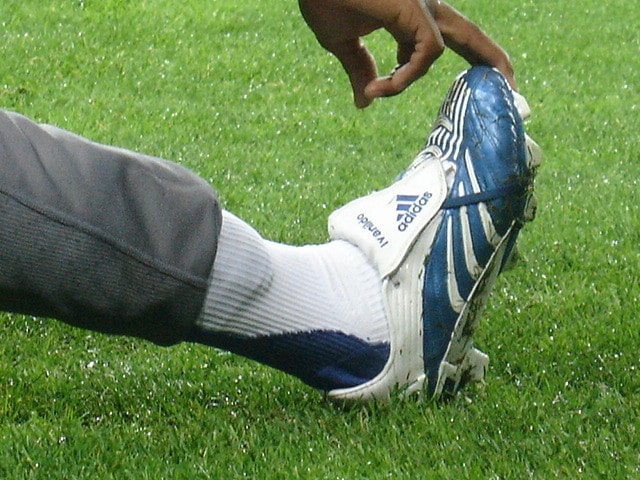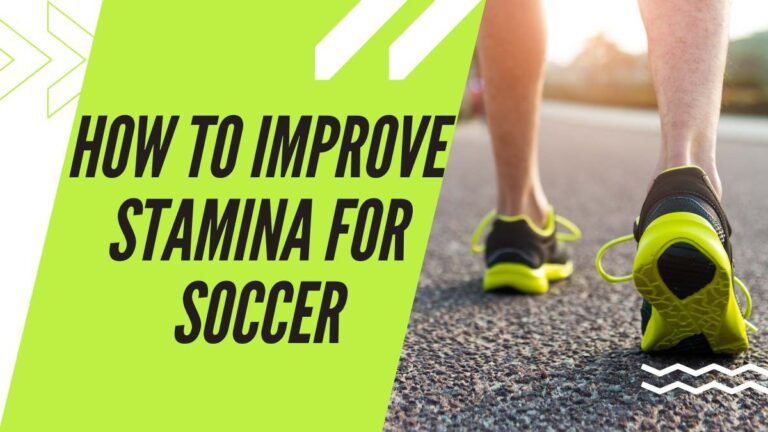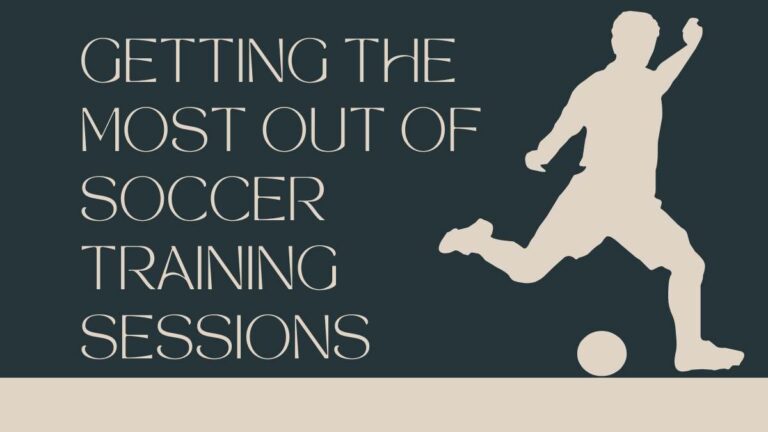How Long Do Soccer Cleats Last?
Soccer cleats are an important piece of equipment for players and players should be extra careful while choosing soccer cleats for themselves. However, soccer cleats have a limited lifespan and they will eventually wear out over time. Therefore, In order to maintain optimal performance and ensure their safety, players should have a good understanding of the lifespan of soccer cleats.
To help you with that, in this article, we will discuss how long do soccer cleats last and what are some ways you can extend your cleats’ lifespan. So keep reading and you will get better insights into the nitty gritty of your soccer cleats.
How Do You Know When Soccer Cleats Are Worn Out?

When it comes to soccer cleats, it’s essential to keep an eye out for signs of wear and tear. One of the most noticeable indicators is the condition of the sole. Take a look at the studs and tread patterns on the bottom of your cleats.
If they appear worn down, flattened, or have lost their grip, it’s a clear sign that your cleats are nearing the end of their lifespan. After all, those studs are what provide you with the traction you need to make quick turns and maintain stability on the field.
Another aspect to inspect is the upper material of your cleats. Look closely for any cracks, tears, or significant damage. If you spot such issues, it’s a good indication that your cleats have endured their fair share of tackles, kicks, and intense matches. Damaged upper material not only compromises the overall durability of the cleats but can also affect how well they fit and how comfortable they are during play.
Remember, being proactive and regularly assessing the condition of your soccer cleats is key. By staying alert to these signs of wear and tear, you can make informed decisions about when it’s time to retire your old cleats and invest in a new pair that will enhance your performance on the pitch.
Average Lifespan of Soccer Cleats

So, how long can you expect your soccer cleats to last? Well, the average lifespan of soccer cleats can vary depending on several factors. First and foremost, the quality of the materials used plays a significant role. High-quality cleats made from durable materials tend to have a longer lifespan compared to cheaper alternatives.
In general, soccer cleats can last anywhere from 6 months to 1 year with regular use.
Yes, that’s the answer to the question ‘How long do soccer cleats last’.
However, it’s important to keep in mind that this estimate is just a rough guideline. Various factors can influence the actual lifespan of your cleats. For instance, professional players who train and compete at an intense level may need to replace their cleats more frequently due to the rigorous demands placed on their footwear.
Recreational players, on the other hand, may find that their cleats last longer with proper care and maintenance. By taking steps to clean them after each use, avoiding extreme conditions like playing on excessively abrasive surfaces, and storing them properly, you can extend the lifespan of your soccer cleats.
It’s worth noting that field conditions also play a role. Different playing surfaces, such as grass, turf, or artificial pitches, can have varying impacts on the wear and tear of your cleats. So, if you regularly play on abrasive turf or artificial surfaces, your cleats may experience more rapid deterioration.
How do you make soccer cleats last longer?

While soccer cleats do have a limited lifespan, there are steps you can take to maximize their durability and make them last longer. Here are some tips to help you get the most out of your soccer cleats:
- Cleaning and Drying: Properly cleaning your cleats after each use is crucial. Remove any dirt, mud, or grass from the sole and upper using a soft brush or cloth. This prevents debris from accumulating and potentially damaging the cleats over time. After cleaning, allow them to air dry thoroughly, avoiding direct heat sources that could warp or shrink the materials.
- Rotation and Alternation: Consider rotating your cleats during training sessions and matches. By having multiple pairs of cleats and alternating between them, you can distribute the wear and tear more evenly. This not only extends their lifespan but also allows each pair to fully dry and recover between uses.
- Proper Storage: When you’re not using your cleats, store them in a cool, dry place. Avoid leaving them in direct sunlight, extreme temperatures, or humid environments as these conditions can degrade the materials. Storing them in a well-ventilated bag or cleat-specific compartment helps protect them from potential damage.
- Avoiding Excessive Wear: Pay attention to the surfaces you play on and try to avoid excessively abrasive fields if possible. Frequent play on rough surfaces can accelerate the deterioration of your cleats. Additionally, be mindful of wearing your cleats off the field, as walking on hard surfaces like concrete can wear down the studs prematurely.
- Prompt Maintenance: Regularly inspect your cleats for any signs of damage or wear. If you notice loose stitching, peeling soles, or any other issues, address them promptly. Small repairs or reinforcements can help prevent further damage and extend the lifespan of your cleats.
By implementing these practices, you can significantly increase the longevity of your soccer cleats. Remember, taking care of your cleats not only saves you money in the long run but also ensures that you have reliable footwear for peak performance on the pitch.
To learn more, you can also check out our article on how to take care of your soccer cleats.
When to Replace Soccer Cleats?

Knowing when to replace your soccer cleats is essential for maintaining optimal performance and reducing the risk of injury. While you might be tempted to hold on to your trusty pair of cleats for as long as possible, there comes a time when it’s necessary to bid them farewell and lace up a new pair.
So, how do you know when it’s time for a cleat upgrade? Here are a few signs to look out for:
- Performance Decline: If you start noticing a decline in your performance on the field, it could be a sign that your cleats are past their prime. Worn-out studs or tread patterns can result in reduced traction, stability, and agility. Your ability to make quick turns, accelerate, and stop abruptly might be compromised. If you feel like you’re slipping more than usual or experiencing a lack of control, it’s probably time to consider new cleats.
- Safety Concerns: Soccer is a physically demanding sport, and your cleats play a vital role in keeping you safe. If you notice any significant damage to your cleats, such as ripped uppers, detached soles, or compromised support, it’s crucial to prioritize safety overextending their lifespan. Damaged cleats can increase the risk of foot and ankle injuries, affecting your overall performance and enjoyment of the game.
- Excessive Wear and Tear: Over time, even with proper care, soccer cleats will naturally experience wear and tear. If you’ve had your cleats for an extended period or subjected them to intense use, it’s important to regularly inspect them for signs of deterioration. Cracked or excessively worn outsole material, torn uppers, or weakened laces are indications that your cleats have reached their limits.
Remember, the exact lifespan of soccer cleats can vary depending on factors such as quality, frequency of use, and field conditions. However, as a general rule, if your cleats have served you well for about six months to a year of regular play, it might be time to consider investing in a new pair.
Conclusion
In conclusion, understanding the lifespan of soccer cleats and recognizing when it’s time for a replacement is crucial for every player. By paying attention to signs of wear and tear, such as worn-out soles and damaged uppers, you can ensure optimal performance and reduce the risk of injury on the field.
While the average lifespan of soccer cleats may range from 6 months to 1 year, factors like quality, frequency of use, and field conditions can influence their longevity. However, by implementing proper care practices such as regular cleaning, rotation, and storage, you can extend their lifespan and get the most out of your cleats.
Ultimately, knowing when to replace your soccer cleats is a balance between performance, safety, and the overall condition of the cleats. So, stay attentive, take care of your cleats, and make informed decisions to continue enjoying the game with the best possible footwear.
Like what you’ve read, check out our other informative articles on soccer cleats:







